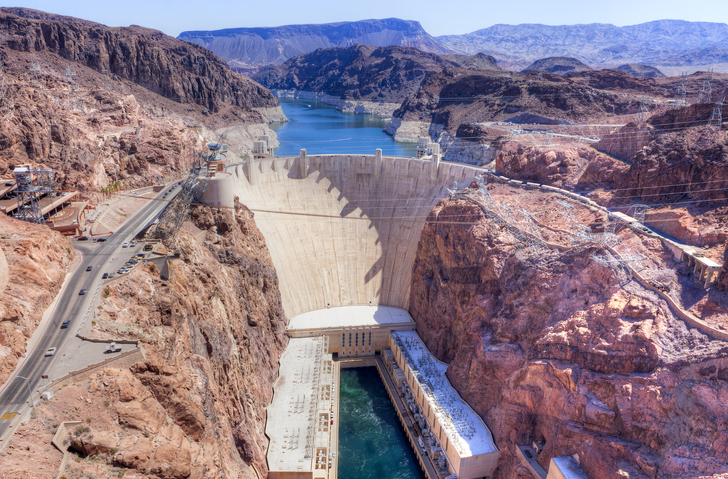
Hoover Dam is a massive concrete structure built on the border between Arizona and Nevada. It controls the flow of the Colorado River and is responsible for the creation of the giant scenic reservoir of Lake Mead. Did you know that the dam is only 30 minutes from Las Vegas and offers some of the most spectacular scenery in the southwest?
Here are some more fun facts you may not know about Hoover Dam:
1. Hoover Dam wasn’t built just to supply power.
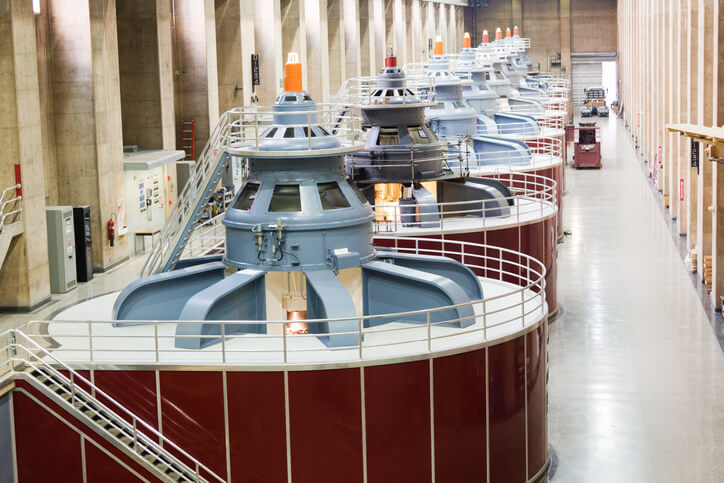
Hoover Dam was constructed for multiple reasons. For one, it was built in an effort to help control flooding of the Colorado River as it snaked through the southwest on its way to the Gulf of California.
Also, as the west opened up and more people settled there, the need for water increased. The dam was engineered to help divert water to areas the river otherwise passed. Lastly, of course, the dam was constructed to provide hydroelectric power to millions of nearby residents—and still does to this day! Hoover Dam has been creating hydroelectric power since 1936.
2. Hoover Dam is massive.
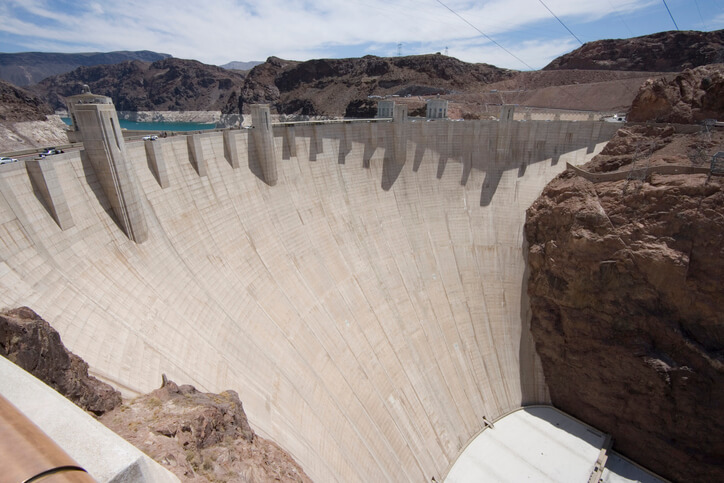
Imagine a four-foot-wide sidewalk wrapped completely around the Earth at the equator. That’s a lot of concrete! That’s how much concrete it took to build the Hoover Dam. It’s amazing when you think about it. The dam is 726 feet tall and 1,244 feet long. That’s almost a quarter of a mile.
At its base, the dam is a whopping 660 feet thick. That’s longer than two football fields stretched end-to-end! At its top, Hoover Dam is 45 feet thick. That may seem thin compared to its massive base, but it’s still nearly as wide as a four-lane highway.
3. Hoover Dam wasn’t always called Hoover Dam.
When surveyors were first scouting locations for the site of Hoover Dam, they recommended Boulder Canyon, just upriver from the dam’s current location. This led the team working on the dam to call it Boulder Dam. Later, when the construction site was moved to Black Canyon, the name stuck and the dam continued to be called Boulder Dam.
So how did it come to be called Hoover Dam? In September 1930, construction began on a railroad line that would terminate at the dam site. During the groundbreaking ceremony for the line, it was announced that the new dam would be named for the then president, Herbert Hoover.
4. Building Hoover Dam created an entire city.
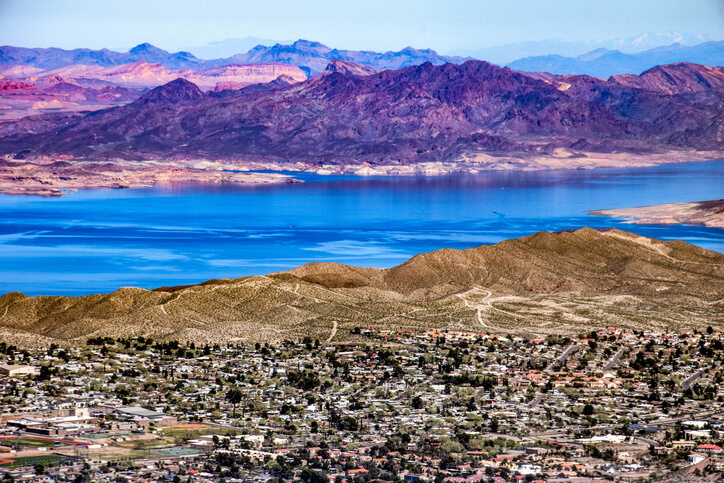
Speaking of places named Boulder, you may not know that Nevada’s Boulder City didn’t exist before the Hoover Dam project. In fact, the city was built in 1930 solely to house the 5,000 workers employed to build the dam.
Boulder City was constructed on federal land and had no local mayor or other elected officials. Oddly enough, the entire city was managed by an employee of the U.S. Bureau of Reclamation. This person had the power to institute rules as he saw fit. Some of Boulder City’s early statutes even banned gambling and the consumption of alcohol. It wasn’t until 1960, thirty years after the city’s initial construction, that the federal government surrendered control, and Boulder City was officially incorporated.
5. As many as 138 workers died during construction.
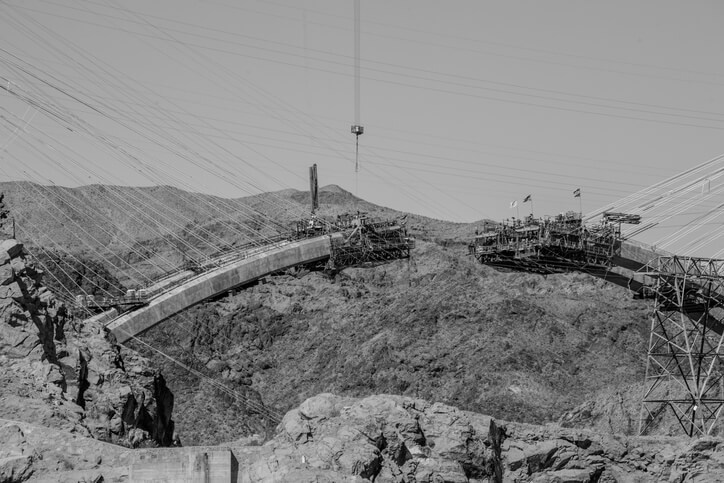
Hoover Dam was built between 1931 and 1936, and those five years were not without disaster. Reports from the construction site list 96 deaths due to accidents. In addition, 42 workers were reported to have died from illnesses while the dam was being built.
However, today some historians believe that it was exposure to carbon monoxide in construction tunnels resulting in carbon monoxide poisoning, which actually caused these additional deaths. It’s important to note that despite some dark legends about Hoover Dam, no one was buried alive as the 4.3 million yards of concrete were poured.
In all, around 21,000 men worked to construct the dam. On an average working day, there were approximately 3,500 men working on the construction of the dam, with the highest average number of workers reaching around 5,200 men during June of 1934. Wages were slim compared to today’s standards, with men being paid “an hourly wage ranging from 50 cents to $1.25,” according to The History Channel.
6. The Nazis plotted to blow up Hoover Dam during WWII.
In November 1939, before America entered World War II, U.S. officials learned of a Nazi plan to blow up Hoover Dam. Destroying Hoover Dam would have had the disastrous effect of cutting off critical electrical power to southern California’s bustling and crucial airplane manufacturing industry.
To combat further attempts on the dam, U.S. authorities imposed restrictions on boats allowed into Black Canyon and employees who worked at the dam. Following the December 1941 attack on Pearl Harbor and America’s entry into World War II, Hoover Dam was closed to all visitors until the war ended in 1945.
7. Hoover Dam’s construction started during a heatwave.
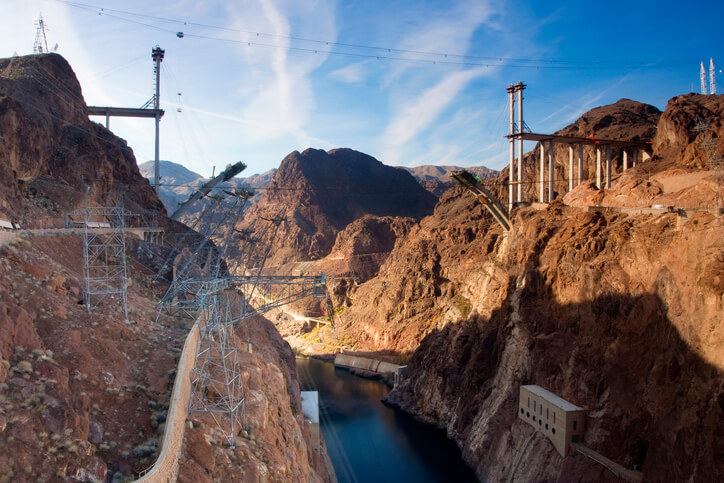
Work started in April 1931. That summer, Southern Nevada sweltered through record-breaking temperatures for months. By June, just two short months into construction, the average daily temperature was reaching a high of 119 degrees Fahrenheit.
Because ventilation was limited in the vast tunnels being built for the dam, it’s reported that conditions within the tunnels were much worse. The workers in the deepest parts of the tunnels worked in temperatures between 130 to 140 degrees Fahrenheit during the summer months! Understandably, many of the workers suffered heatstroke on multiple occasions.
8. Las Vegas bid to Be the project’s headquarters.
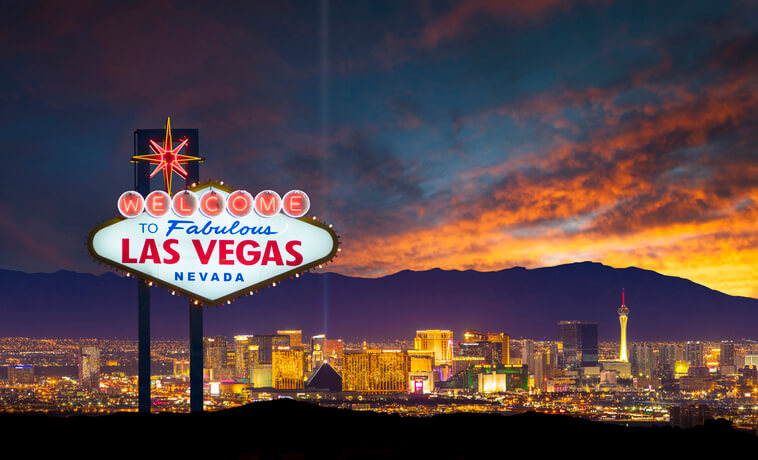
Las Vegas, also known today as Sin City, wanted to be the place where the Hoover Dam project established its headquarters. In 1930, Las Vegas was not the glittering metropolis we know today, but it still had a reputation for being a wild west party town that could pose a debaucherous distraction for those employed to build the dam.
When the U.S. Secretary of the Interior visited Las Vegas in 1929, the city’s mayor cracked down on the local goings-on. He shut down several brothels and speakeasies in an effort to lend the city an air of class. Unfortunately, it didn’t pan out and Boulder City was built to house the workers and headquarters for the Hoover Dam project.
9. Hoover Dam was once the tallest dam.
Up until the Hoover Dam was completed two years ahead of schedule, the tallest dam at 420 feet tall was the Owyhee Dam in the state of Oregon. When the Hoover Dam was completed, it set a new record of 726 feet from bottom to top. It was not until 20+ years later that a taller dam was built — the 820-foot-tall Mauvoisin Dam located in Switzerland. While Hoover Dam remained the tallest dam in the United States, that record was soon given to the Oroville Dam located in the state of California in the late sixties, measuring 770 feet tall.
10. Hoover Dam has enough concrete to stretch across the United States.
The construction of the Hoover Dam was subsidized by The Bureau of Reclamation, which supplied massive amounts of concrete to build the 726-foot tall dam. The project required 1.11 million cubic yards of concrete for the dam’s power plant and additional buildings and facilities, while the dam itself required 3.25 million cubic yards of concrete.
Together, the over 4 million cubic yards of concrete “would build a monument 100 feet square and two-and-one-half miles high; would rise higher than the 1,250-foot-tall Empire State Building if placed on an ordinary city block; or would pave a standard highway 16 feet wide, from San Francisco to New York City,” according to the Bureau of Reclamation’s website.
This amount of concrete is equal to about 5 million barrels of cement, which was the approximate amount of concrete the Bureau of Reclamation used over the previous 27 combined years of existence prior to building the Hoover Dam.
11. The cooling process for concrete was sped up.
Concrete takes time to settle and change from a liquid to a solid. The greater the amount of concrete, the longer it takes to cool. With the high amount of concrete used to build the Hoover Dam, it would have taken approximately 125 years for the concrete to cool if engineers would not have created a faster solution — an incredibly large refrigeration system capable of producing an average of 1,000 tons of ice each day. Blocks of concrete were poured, then the engineers “embedded a series of one-inch pipes in them, through which ice water was circulated,” according to The New York Times.
This sped up the cooling process considerably, with each large building block of concrete only needing around two months to fully cool. The refrigeration technique also meant that the concrete cooled faster, making it less susceptible to cracking.
12. One worker saved another after falling.
There were a handful of casualties during the construction of the Hoover Dam, but also incredible tales of lives being saved after accidents had occurred. One such incident involved a high scaler — workers who repelled down the canyon walls to manually remove loose rocks and boulders in preparation for concrete.
Oliver Cowan, a high scaler, was working when he heard the slip of engineer Burl R. Rutledge about 25 feet above him on the canyon wall. “Without a moment’s hesitation, he swung himself out and seized Rutledge’s leg. A few seconds later, high scaler Arnold Parks swung over and pinned Rutledge’s body to the canyon wall. The scalers held Rutledge until a line was dropped and secured around him and the shaken engineer was pulled, unharmed, to safety,” according to the Bureau of Reclamation.
13. Herbert Hoover was not at the dedication of the dam.
Franklin Delano Roosevelt, commonly known as FDR, oversaw the dedication of the Hoover Dam. Similar to many of his employees working on the project such as the Secretary of the Interior, Harold W. Ickes, FDR was not fond of President Herbert Hoover. When overseeing the dedication of the Dam, FDR did not invite the dam’s namesake to the event nor did he give any nod to Hoover during the dedication.
Hoover Dam Tours From Las Vegas
It’s clear Hoover Dam is one of America’s wonders and truly an engineering marvel. Today, the dam is a thriving tourist destination on top of being a functioning power plant. It offers stunning views and fascinating insight, and each year nearly 7 million people visit the dam to snap selfies and experience its grandeur.
And the best part? Hoover Dam is just a short ride from the glitz and glamor of Las Vegas. If you’d like to see Hoover Dam for yourself, Gray Line Las Vegas offers multiple Hoover Dam tour options that will pick you up directly from your Las Vegas hotel. You’ll also have a chance to visit Lake Mead, the fabulous “Welcome to Las Vegas” sign, and other exciting spots for photo opportunities along the way. Contact Gray Line today to learn more about our Hoover Dam tours.